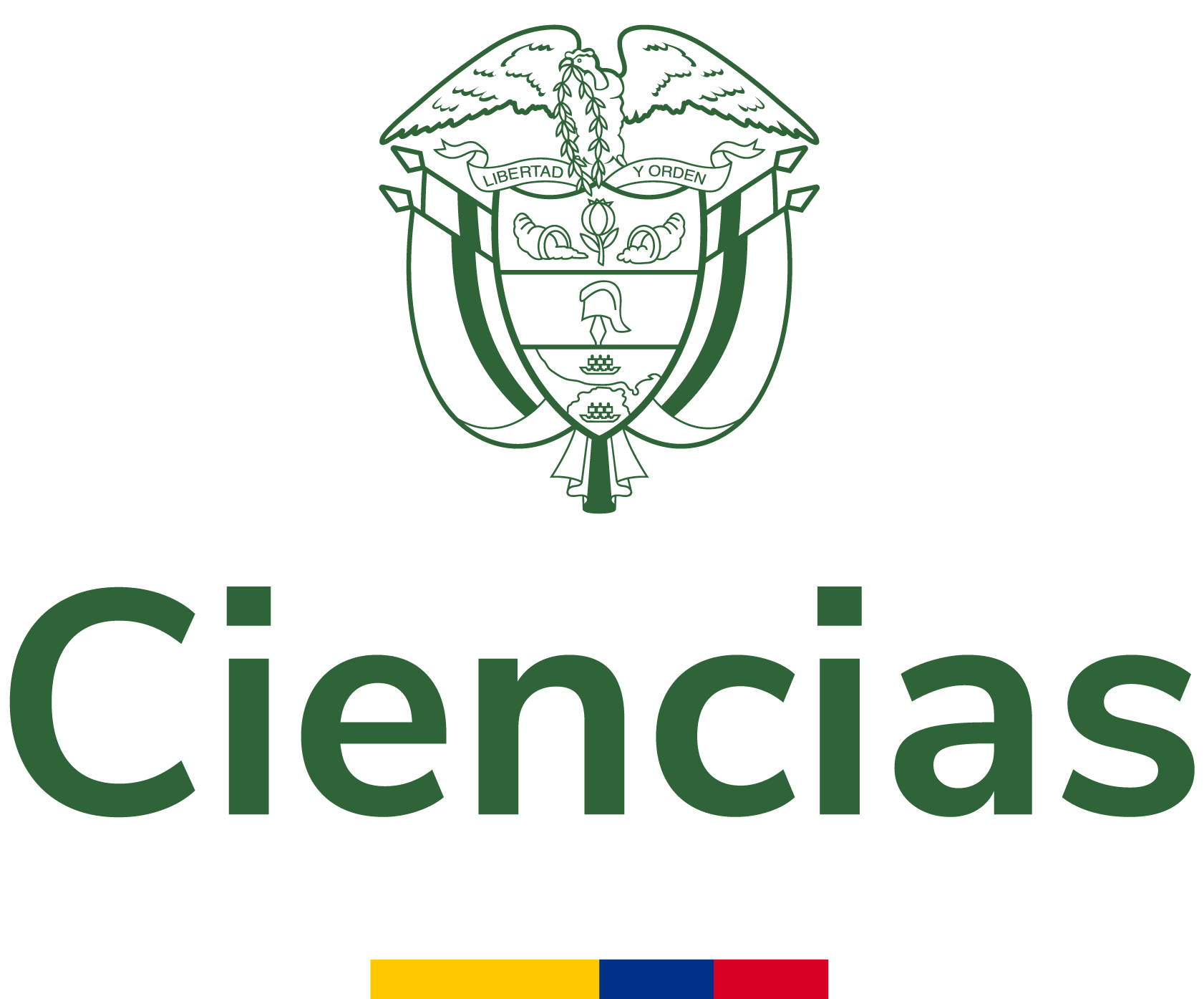NO and H2O2 as possible candidates of refractoriness of Plasmodium falciparum infection in Anopheles albimanus
Malaria is an infectious disease that affects many people around the world. It is caused by Plasmodium parasites and transmitted by Anopheles mosquitoes. The life cycle of Plasmodium is developed in both human and mosquitoes hosts and therefore, both can respond to the infection with different immun...
- Autores:
-
Vélez Quiroz, María Alejandra
Robledo Restrepo, Sara Maria
- Tipo de recurso:
- Fecha de publicación:
- 2018
- Institución:
- Universidad CES
- Repositorio:
- Repositorio Digital - Universidad CES
- Idioma:
- eng
- OAI Identifier:
- oai:repository.ces.edu.co:10946/3803
- Acceso en línea:
- http://hdl.handle.net/10946/3803
- Palabra clave:
- Malaria
Facultad de Ciencias y Biotecnología - Pregrado en Biología
Plasmodium falciparum
- Rights
- restrictedAccess
- License
- Restringido
| Summary: | Malaria is an infectious disease that affects many people around the world. It is caused by Plasmodium parasites and transmitted by Anopheles mosquitoes. The life cycle of Plasmodium is developed in both human and mosquitoes hosts and therefore, both can respond to the infection with different immune mechanisms including phagocytosis and release of anti-parasite molecules. In this study, the Nitric Oxide (NO) and the Hydrogen Peroxide (H 2 O 2 ) were measured in Anopheles albimanus’ midgut infected with Plasmodium falciparum gametocytes. |
|---|






